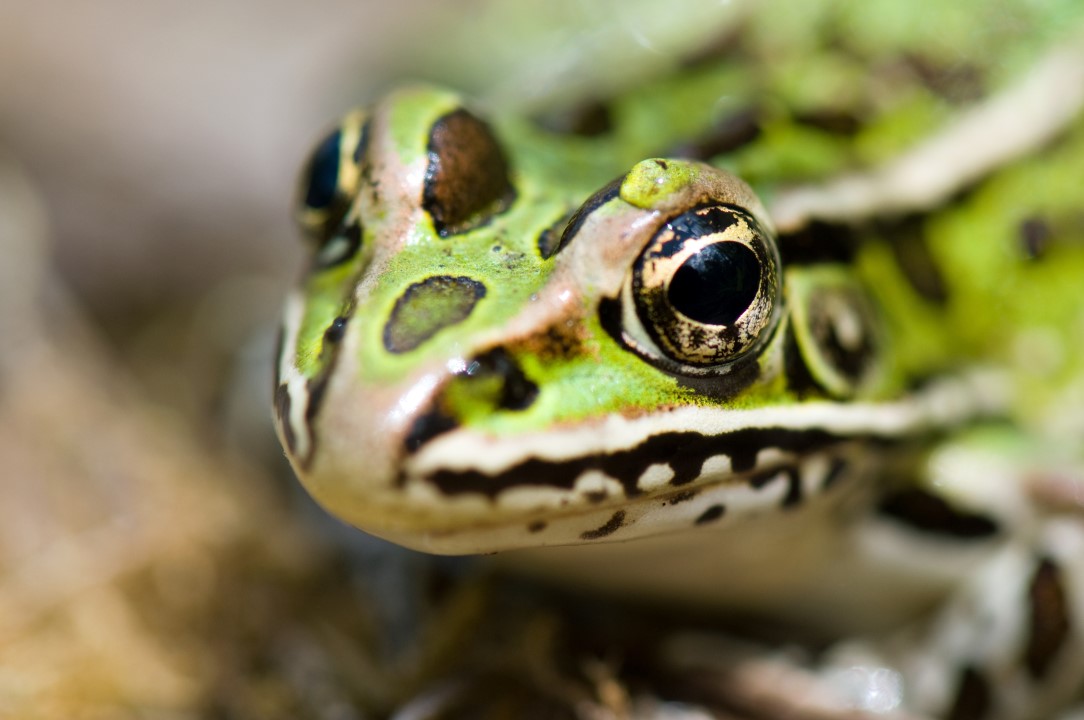
By: staff Date: 04/5/2018

It has long been known that Frogs retract their eyes and close them while eating, leading scientists to suspect that frogs use their eyes to help them swallow. This suspicion was finally confirmed in 2004, when the northern leopard frog was observed by scientists retracting its eyes while swallowing crickets, actually using them to help push the food toward its esophagus!
 Discover Animals is a web-based educational resource offered by the NAIA
Discover Animals is a web-based educational resource offered by the NAIA